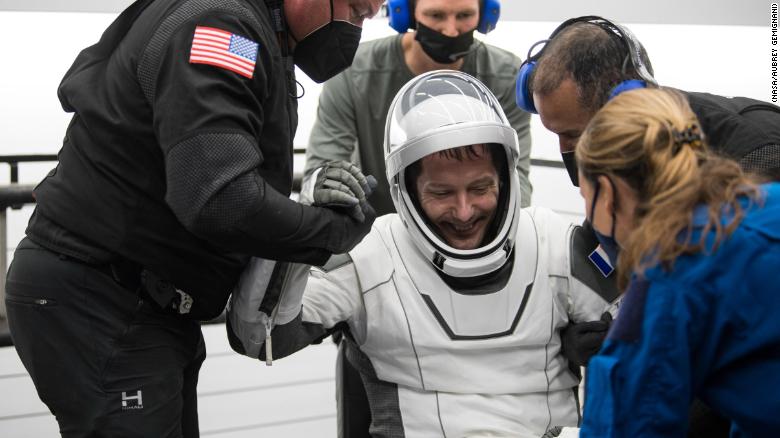When NASA astronauts Sunita Williams and Barry “Butch” Wilmore blasted off aboard Boeing’s Starliner in June 2024, they packed for a quick eight-day mission. Fast forward to early 2025, and they’re still floating 250 miles above Earth, waiting for a safe ride home.
What happened? The Starliner spacecraft, meant to be their ticket back, ran into serious problems. Thruster failures, helium leaks, and software glitches have left NASA scrambling for a solution. Now, these astronauts are stuck aboard the International Space Station (ISS), and their stay has been extended at least until March 2025.
Why Can’t They Just Come Home?
Space isn’t like a road trip where you can just call a tow truck. Once a spacecraft has issues, every decision becomes a high-stakes chess match. The Starliner, developed by Boeing as part of NASA’s Commercial Crew Program, was supposed to be a reliable alternative to SpaceX’s Crew Dragon. But after years of delays, software errors, and mechanical failures, this latest setback is the last thing Boeing needed.
NASA could bring them home on another spacecraft, like SpaceX’s Dragon capsule, but that would shake up carefully planned crew rotations and leave the ISS understaffed. So for now, Williams and Wilmore are stuck—conducting scientific experiments and waiting for a ride that’s safe.
The Hidden Cost of a Long Space Mission
Spending extra time in space isn’t just an inconvenience. It takes a toll on the body. After months in microgravity, astronauts lose bone density, experience muscle weakening, and even see changes in their vision. Their immune systems also become less effective, making them more vulnerable to infections once they return to Earth.
Psychologically, it’s no picnic either. Imagine being isolated in a confined space for months, seeing the same few faces every day, and knowing that your return date keeps getting pushed back. NASA has strict psychological screening for astronauts, but even the toughest minds can feel the weight of uncertainty.
What’s Next?
NASA and Boeing are testing fixes for Starliner’s thruster issues and helium leaks, but it’s unclear if the spacecraft will be cleared for another attempt. If they can’t fix it, the agency may need to bring Williams and Wilmore home on another vehicle—potentially an unplanned Crew Dragon flight.
This situation also raises bigger questions:
- Is Boeing’s Starliner a reliable spacecraft? The capsule has had multiple failures, and with missions to the Moon and Mars on the horizon, reliability is everything.
- How does this impact future space travel? Long-duration missions are becoming more common, but when things go wrong, astronauts need a clear backup plan.
- What does this mean for private spaceflight? NASA relies on companies like Boeing and SpaceX to ferry astronauts, but if one of them keeps running into problems, future contracts and missions could shift.
For now, Williams and Wilmore remain patient, continuing their work aboard the ISS. But as the weeks drag on, one thing is clear: space travel is never routine, and even the best-laid plans can leave astronauts waiting for a ride home.












Leave a Reply